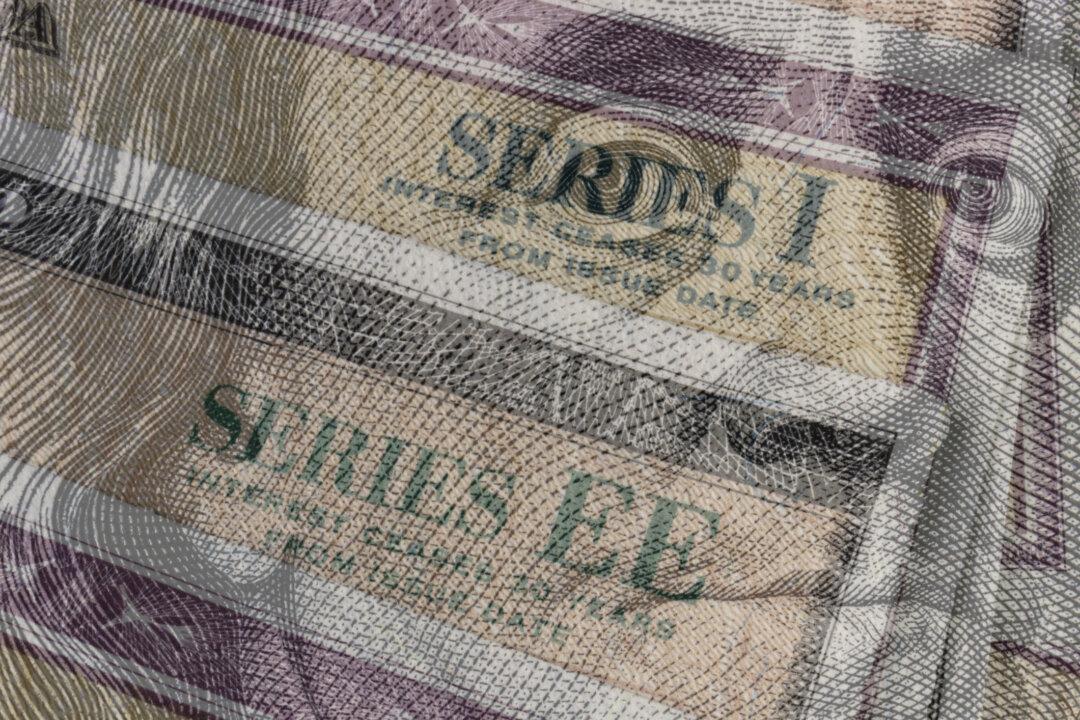MIAMI–Just like traffic lights and signs help drivers on the road, boaters have buoys and signs to guide them to and from shore safely.
What you’ll see out on the water depends on where you boat. In the United States, the majority of American waterways use the U.S. Aids to Navigation System or IALA-B, although the Intracoastal Waterway has its own system.
Buoys, beacons, and channel markers serve as the traffic signals of the water.
They can provide directions or alert boaters if they need to slow down, or if there are hazards in the area such as sand bars.
Some of these navigational markers may be green or have green lights, while others may be red or have red lights.
Red, Right, Returning
If you’re traveling by boat, you’ll see navigational aids that mark junctions, forks, or splits in the channel, as well as where the boat should travel to safely pass. The following information is commonly referred to as “Red, Right, Returning.”“Green colors and lights should be on your right (starboard) side when traveling toward open waters (seaward)” and will always use odd numbers, according to the U.S. Coast Guard’s “U.S. Aids to Navigation System” guidebook. The numbers should decrease as you head to the open water.
What About on the Intracoastal Waterway?
The Intracoastal Waterway runs along the Atlantic and Gulf coasts of the United States. The navigation aid system used in this waterway is similar to “Red, Right, Returning,” except you need to use yellow symbols.If following the waterway from New Jersey to Texas, keep the yellow triangles on the right side of the boat (starboard) and the yellow squares on your port, regardless of what color the navigational aid is, according to the U.S. Coast Guard’s guidebook.
Why?
This is because some of the beacons, buoys, and other navigational aids you’ll see on the water are used by Intracoastal Waterway and non-Intracoastal Waterway routes. That means boaters might “travel next to each other in opposing directions—and share the same aids,” the guidebook states. “Thus, when following the ICW, navigate by yellow symbols; otherwise, navigate by the color of the Aid itself.”
Hazards and Other Signs
While traveling by boat, you may find other signs, such as:Diamond-shaped dayboards, which help boaters know where they are. The U.S. Coast Guard says these signs are the nautical equivalent of “You Are Here” markers. You’ll still need to use a nautical chart to figure out where you are.
Sometimes you’ll see orange-and-white navigational aids with various symbols on them. If it has a diamond shape symbol, it means there is a hazard ahead, such as a submerged rock or that it’s a shallow area. A circle means the boat is entering a “controlled area” such as manatee protection zones, for example, which would require boaters to slow down to a certain speed to keep the sea cows safe. Or perhaps you see a sign that says “Idle Speed, No Wake,” and that means the boat operator needs to go at the minimum speed needed to steer.
What About at Night?
The U.S. Coast Guard says navigational aids can only be identified by their light characteristics at night. This includes:- The color you see. Is it red, green, white, or yellow?
- The sequence of flashes and/or the time it takes for the aid to go through one sequence of flashes
- If the aid is equipped with retroreflective material
Another Tip
“Whenever you see a red navigation light from another vessel, give way. It is the stand-on vessel ... it has the right of way,” according to the guidebook.“If you see both the red and green sidelights of another boat, it is coming straight toward you. You should take action to change course in order to avoid a collision.”







